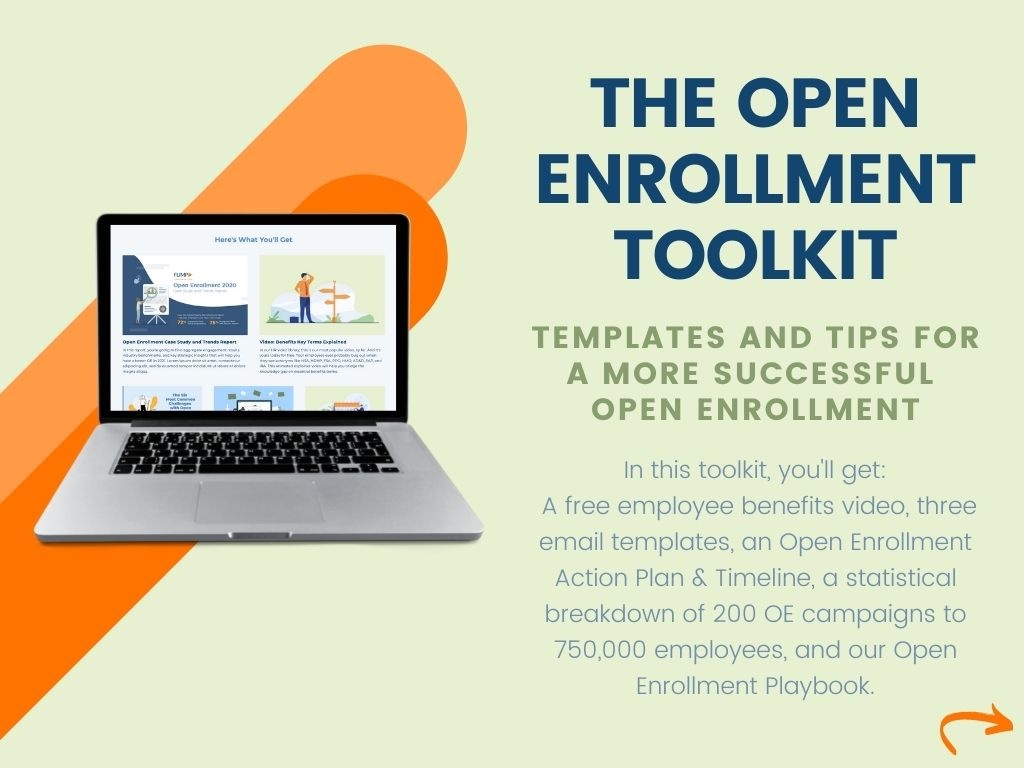Think about your own life. If someone wants to know how to get a hold of you in a pinch, do you tell them to email you? Of course not. The typical email sits in your cluttered inbox for hours — or even days — before you get around to opening it, let alone responding to it.
Do you suggest they call? Calling might work — on the off chance they reach when you’re available to take a phone call. More likely than not, you’ll be in a meeting, working out, making dinner, or just focussing on a task, and you’ll let the call go to voicemail. And nobody enjoys listening to their voicemails.
“Just text me,” you’ll say.
Nearly everyone in America (97%, according to Pew Research) owns a cell phone, and 85% keep their phones within arm’s reach a majority of the time. This makes text messaging (aka SMS) an ideal communication method for reaching people quickly and ensuring your message gets read.
Now think about how you share urgent messages with employees. If your emails are going unread and your voicemails are being ignored, it might be time to try reaching out via the same platform that breaks through the noise in your everyday life: texting. Employers who are successful at mass texting employees report better engagement more benefits awareness, and less frustration from employees not reading their emails.
Why Texting Works Great for Employee Engagement
Among your many responsibilities as a human resources professional is ensuring your organization’s employees are fully informed about crucial topics such as their benefit options, enrollment deadlines, company policies, safety protocols, and upcoming HR events.
Well-timed messaging can remind your employees about their benefits and how to use them, boosting engagement year-round with underutilized options such as employee assistance and wellness programs.
Digital communication is more important than ever now, with over half of America’s workers working at least some of the time remotely.
Unfortunately, your department is not the only one vying for employees’ attention. The average office worker receives over 120 emails per day (according to one estimate) and spends nearly 30% of their workday reading and answering emails.
This is not to say your employees are not engaging with your HR emails or that you should stop emailing employees. A tightly-written email can be a very effective communication tool.
But, email is not necessarily the best way to move your employees toward immediate action. Texting, on the other hand, almost guarantees your employees will read your messages as soon as they hear their phone chime.
Over 90% of people read their text messages within three minutes of receiving them. The average person responds to an email within 90 minutes of receiving it; for texting, the average response time is a blazing fast 90 seconds.
It’s no wonder, then, that HR departments are turning toward text for their most urgent messaging. Text messages are simply harder to ignore. Typical email open rates hover around 20%, while SMS open rates average 98%.
When to Text Employees (and When Not To Text)
Everyone loves their phone, and for the most part, people tolerate text messages. But keep in mind that, once upon a time, everyone liked getting email. And if you cast your memory back into the dark recesses of history, you’ll remember a time when receiving a phone call was almost a treat.
But that was before we were all inundated with spam and intrusive telemarketing calls. For the time being, text messaging has yet to reach annoyance status. But if you overuse text messaging, your employees could start tuning you out (and opting out from your messages altogether, as is their legal right).
Before you click “send” on a mass text message, ask yourself:
- Is the message time-critical, like an emergency? If there’s no reason for employees to read your message right away — say, for example, your monthly HR newsletter — there’s probably no reason to text it.
- Is the message important enough that you need to ensure reach? Examples include new healthcare plans, compliance-critical documents, and emergency health protocols — the kind of things everyone in your organization needs to know.
- Is the message about a deadline that employees need to meet? Is open enrollment ending next week, and half of your employees haven’t even reviewed their options? It might be time for a text message.
Text messaging is just one tool in your HR communications toolbox. Alternatives include email, of course, along with video, microsites, digital postcards, and decision support tools. An effective HR communications campaign will use all these platforms appropriately to ensure maximum reach and engagement.
Have an urgent HR message to share with your employees? Sign up for Flimp’s WorkforceTXT service and send your first text within 48 hours.







